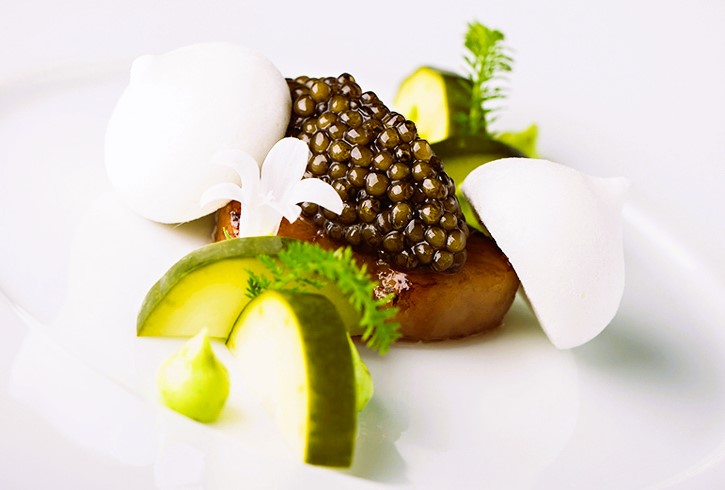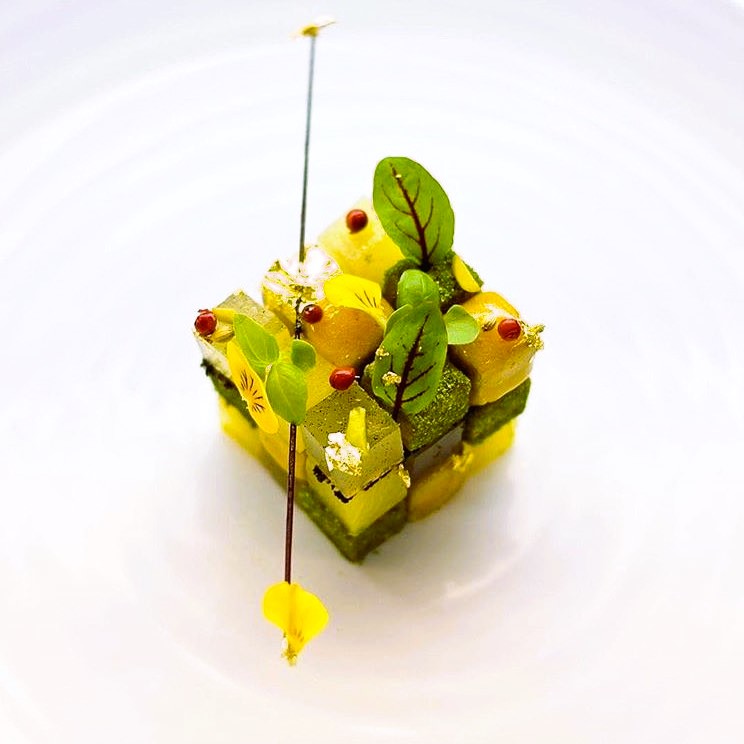In the world of culinary arts, the presentation of a dish is as important as its taste. The art of plating goes beyond mere arrangement; it is an intricate process that combines aesthetics, creativity, and attention to detail. In this article, we delve into the captivating world of plating, uncovering the techniques and principles that transform a dish into a visual masterpiece. Join us as we unveil the beauty and artistry behind the art of plating.
- The Visual Feast:
When a beautifully plated dish is placed before you, it is an invitation to a visual feast. The colors, textures, and arrangement on the plate evoke a sense of anticipation and excitement. The artful presentation enhances the overall dining experience, setting the stage for the flavors that are about to be savored.
- Balance and Composition:
Central to the art of plating is the concept of balance and composition. Each element on the plate should be carefully positioned to create a harmonious arrangement. The chef considers the interplay of colors, shapes, and sizes to ensure visual appeal. From the positioning of the protein to the arrangement of vegetables and garnishes, every component plays a role in achieving a well-balanced and visually pleasing composition.
- Colors and Contrast:
Colors play a vital role in plating, as they evoke emotions and stimulate the senses. The choice and arrangement of colors can create a visual impact, adding vibrancy and excitement to the dish. Chefs often use contrasting colors to create visual interest, such as pairing vibrant greens with vibrant reds or contrasting warm tones with cool hues. The careful selection and arrangement of colorful ingredients contribute to the overall visual appeal of the plated dish.
- Textures and Layers:
A visually striking plate often incorporates a variety of textures and layers. This adds depth and complexity to the presentation, enticing the eye and creating intrigue. Chefs may use crispy elements to contrast with creamy components, or incorporate a variety of textures such as smooth purees, crunchy toppings, or velvety sauces. These textural variations not only enhance the visual appeal but also provide a multisensory experience for the diner. Secrets of the Kitchen: Behind the Scenes at Gladys and Ron’s.
- The Role of Negative Space:
An essential aspect of plating is the strategic use of negative space, also known as white space. Negative space refers to the areas on the plate that are intentionally left empty or with minimal ingredients. It allows the focal point of the dish to stand out and creates a sense of balance and elegance. By incorporating negative space, chefs can highlight the key elements of the dish and draw attention to their intricacies.

- Garnishes and Accents:
Garnishes and accents are like the final brushstrokes on a culinary masterpiece. They add the finishing touches to the plated dish, elevating its visual appeal and providing additional flavor and texture. Fresh herbs, microgreens, edible flowers, or meticulously placed sauces or drizzles can transform a dish into a work of art. These carefully chosen embellishments not only enhance the overall aesthetic but also provide a burst of flavor and aromatic complexity.
- Seasonality and Nature’s Beauty:
Many chefs draw inspiration from nature and the changing seasons when plating their dishes. By incorporating elements of nature, such as edible flowers, herbs, or foraged ingredients, the plate becomes a reflection of the beauty found in the natural world. Seasonal ingredients not only bring fresh flavors but also contribute to the overall visual story being told on the plate.
- Innovation and Creativity:
The art of plating is a space for chefs to showcase their innovation and creativity. They push boundaries, experiment with new techniques, and challenge traditional notions of presentation. From intricate geometric designs to whimsical arrangements, chefs infuse their unique artistic visions into the plated dish, leaving diners in awe of their culinary craftsmanship.
Conclusion:
The art of plating is a visual symphony that transforms a dish into a captivating masterpiece. Through the careful consideration of balance, composition, colors, textures, and negative space, chefs create visually stunning presentations that elevate the dining experience. The art of plating is an expression of creativity, passion, and attention to detail—an invitation to indulge not only in taste but in the beauty that lies before us.

